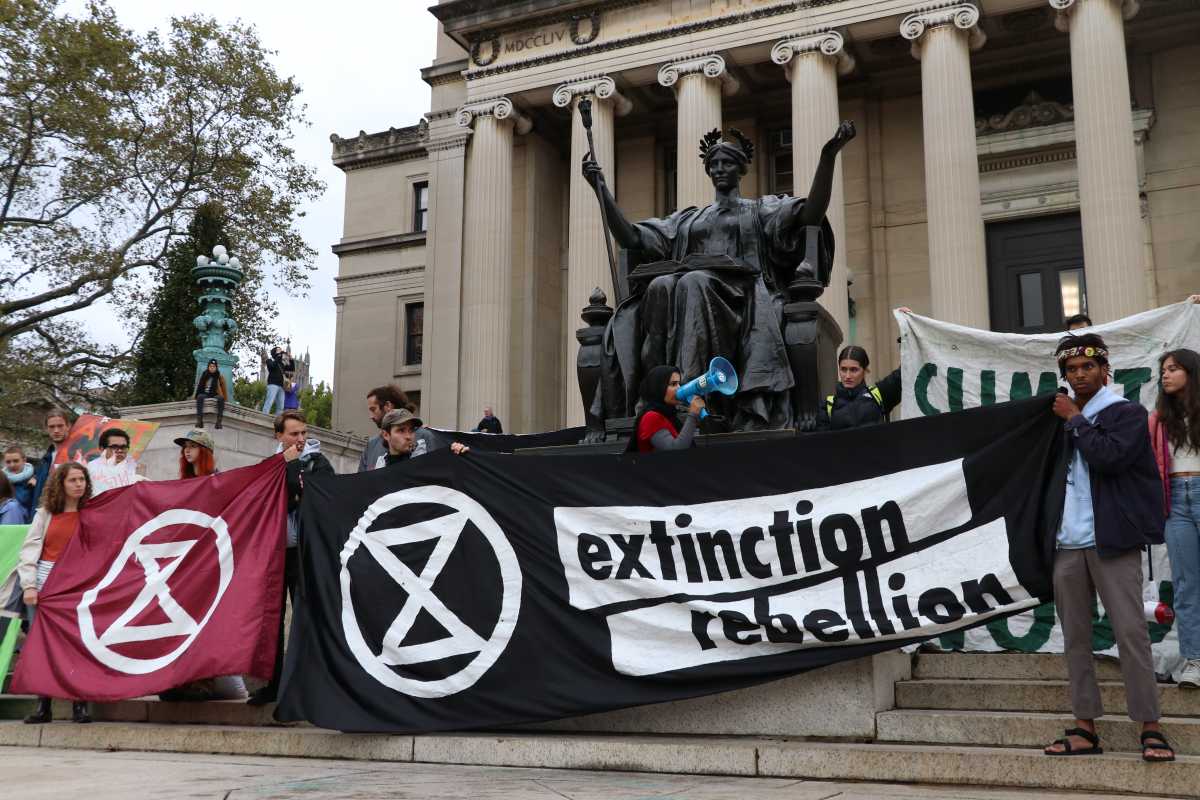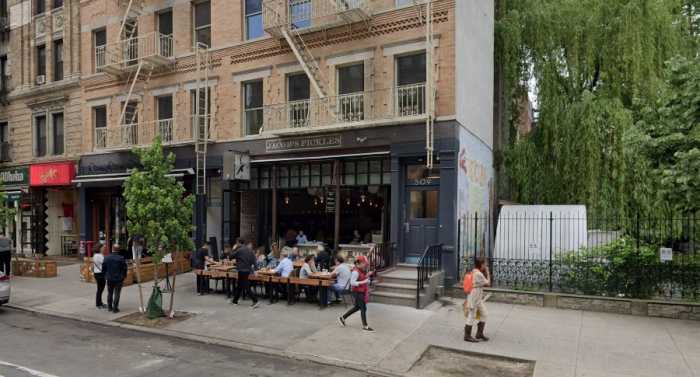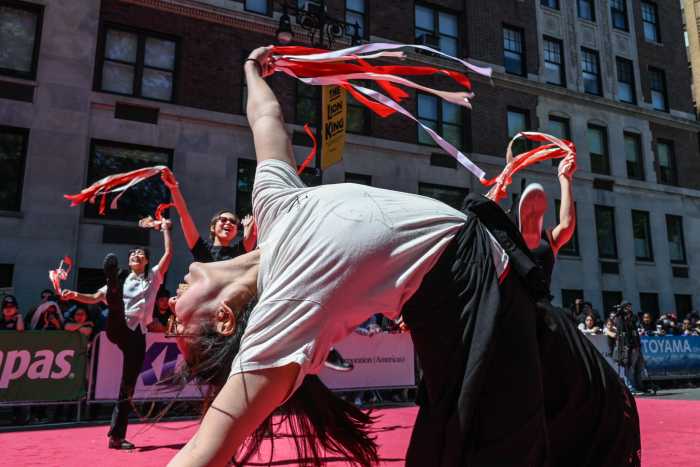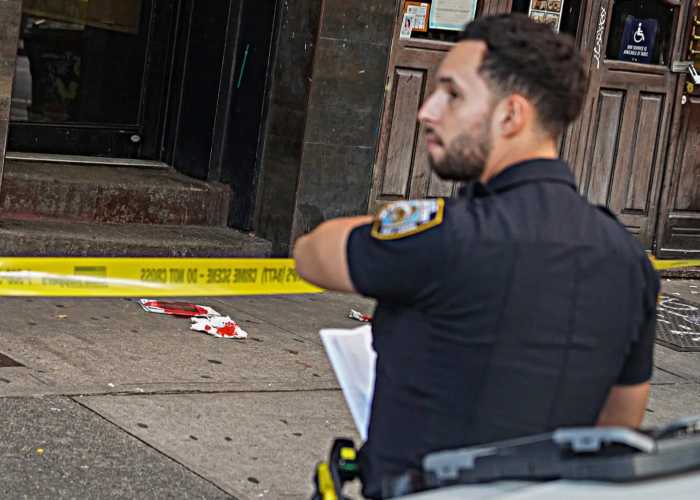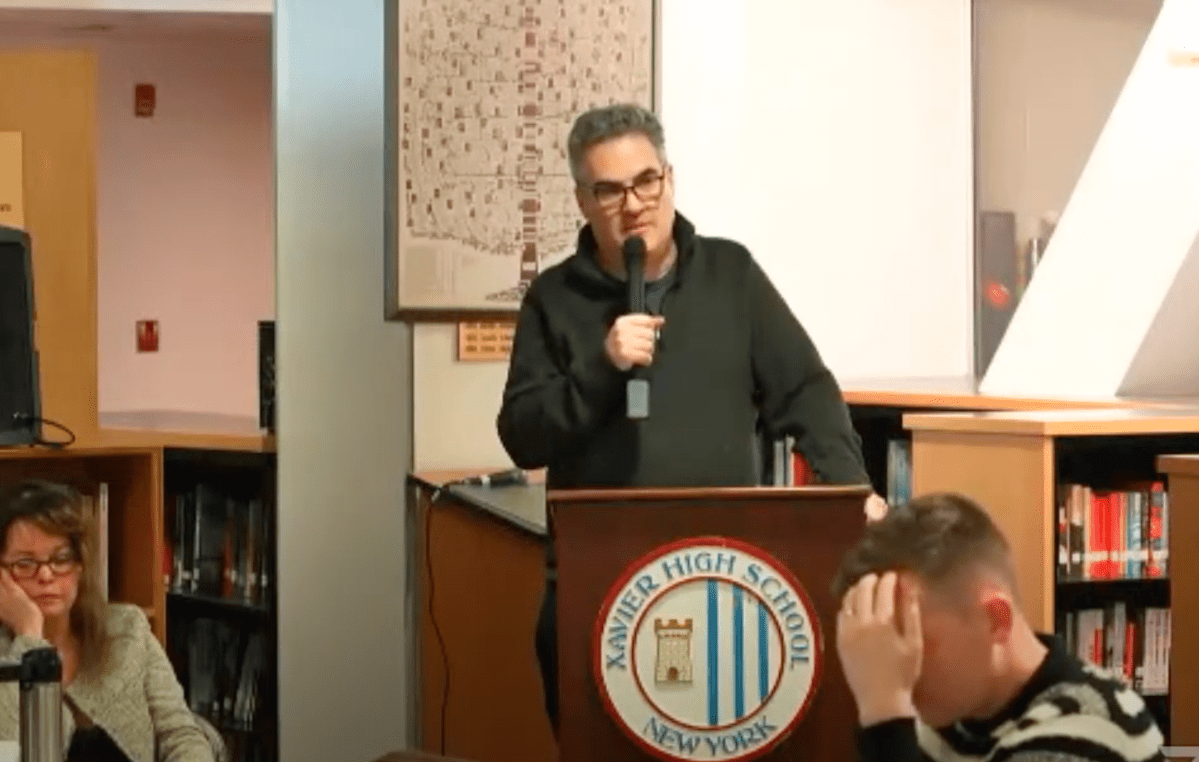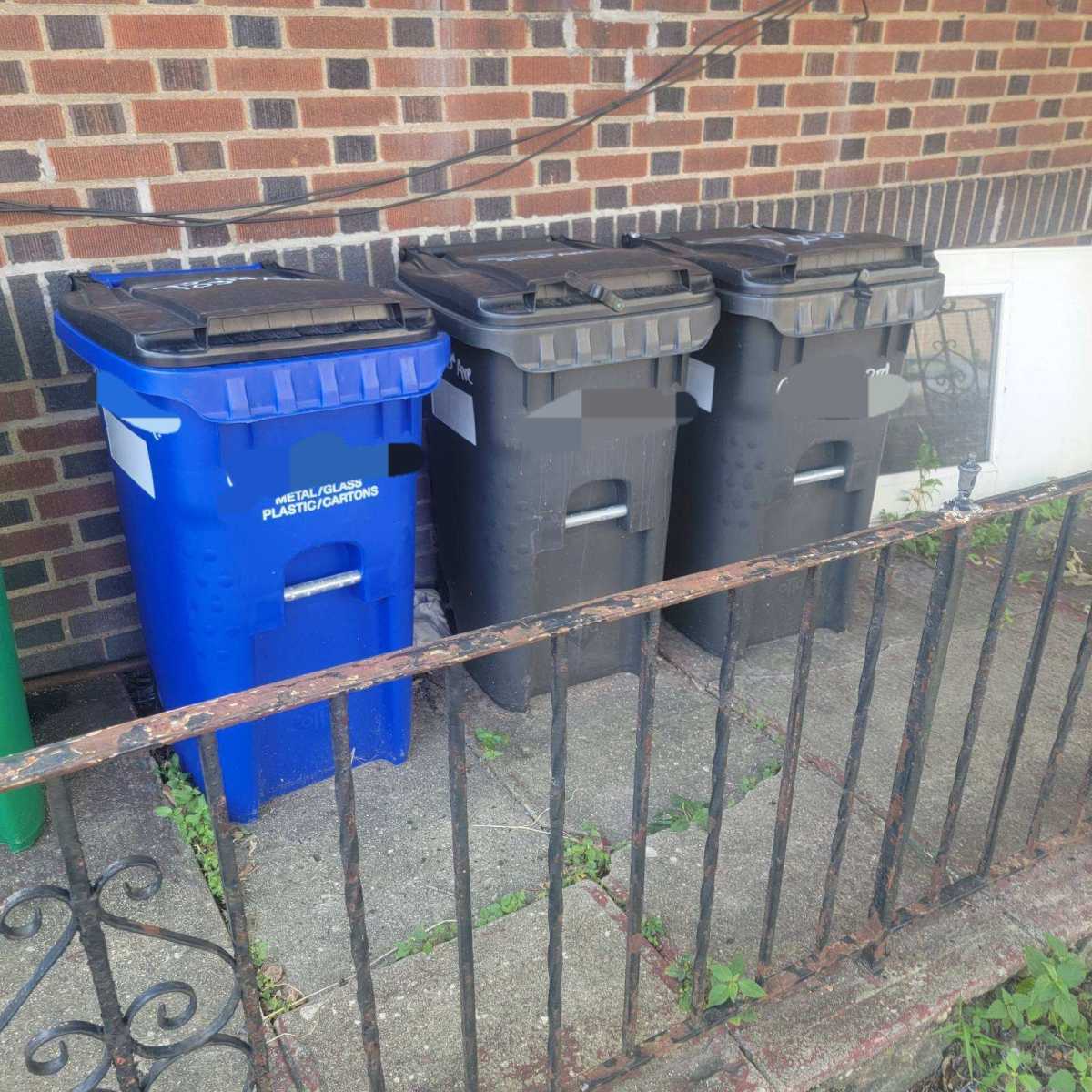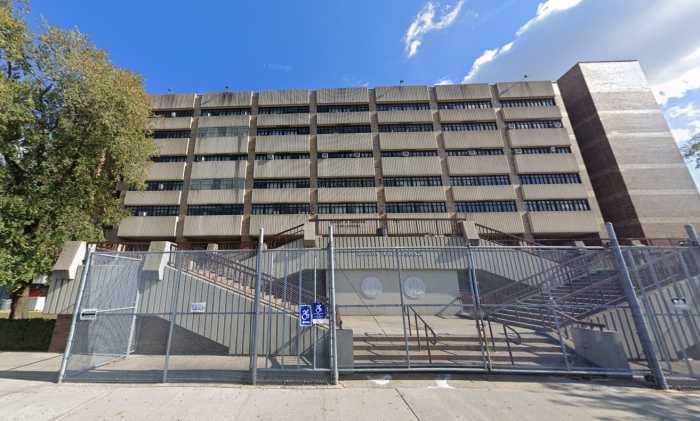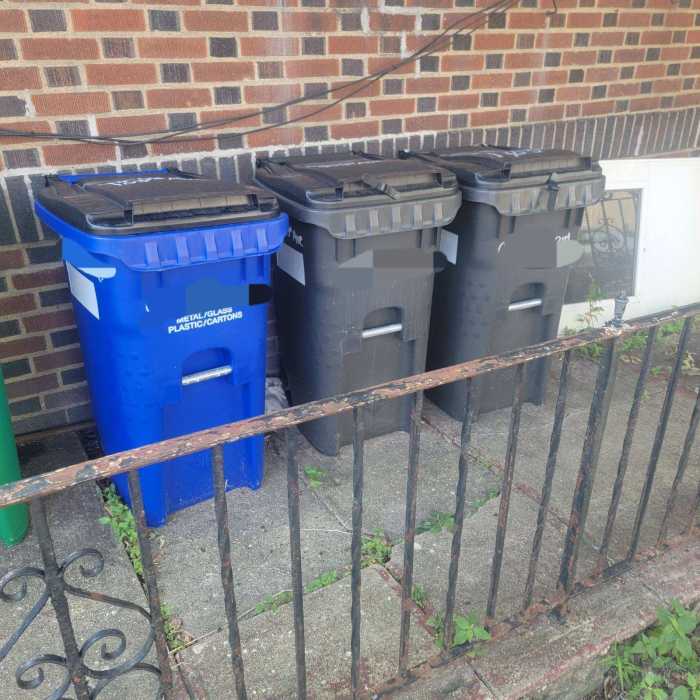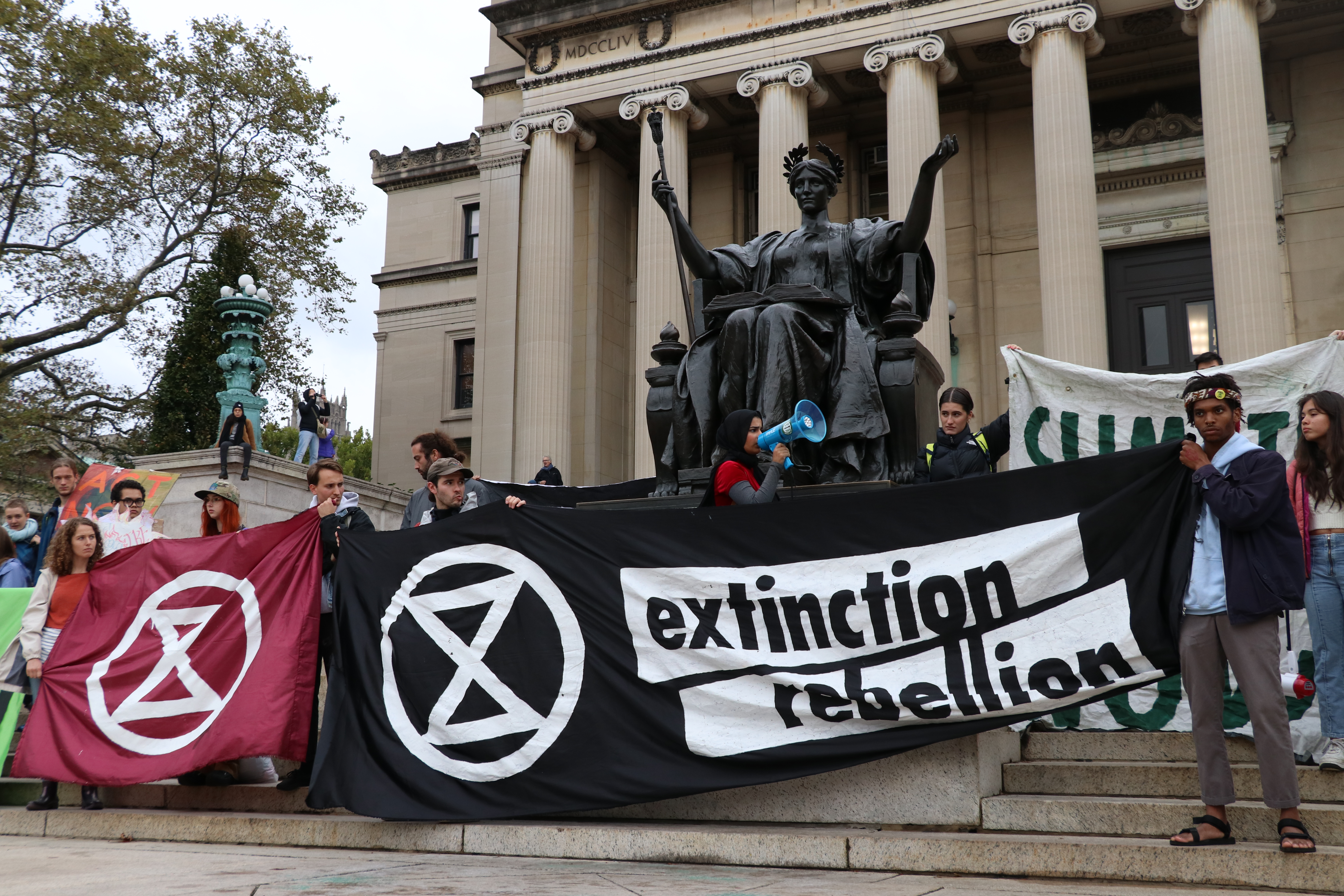
BY ALEJANDRA O’CONNELL-DOMENECH | Columbia University students stormed the school’s Low Memorial Library and staged a sit-in as part of an Extinction Rebellion protest on Wednesday. The protest was organized by the university’s chapter of Extinction Rebellion, the environmental group that uses non-violent civil disobedience to call for government action on climate change. Yesterday’s student-led protest was part of five days of demonstrations organized across the city. Protests started on Monday, when Extinction Rebellion protested outside of the New York Stock Exchange, where some members laid in pools of fake blood symbolizing the lives lost to the effects of climate change. “We will be present in the building for six days, six for the sixth mass extinction, six for the number of years we are giving this university to get to net zero greenhouse gases,” said Joshua Scott, 27, one of the founders of Columbia’s chapter of the environmental group. In September, Columbia University announced the creation of a task force to examine what more the institution could be doing in response to climate change. “While nations and the international community struggle even to begin to come to terms with this emerging reality, academic research institutions have been and are increasingly engaged, necessarily, with this subject,” reads the university’s online announcement of the task force’s creation. But students are not satisfied.
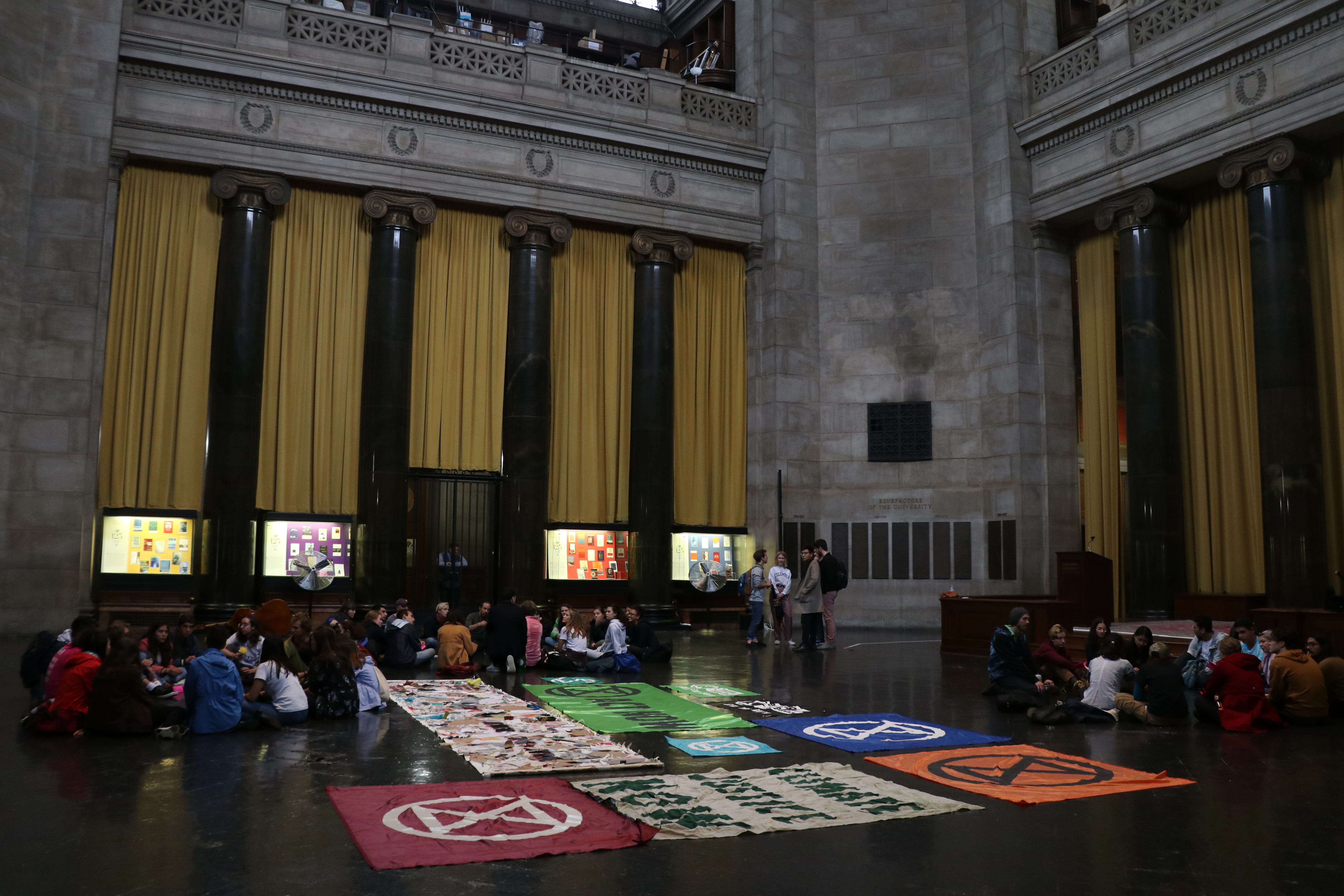
Students began the protest by singing, chanting and holding signs decorated with the group’s circle and hourglass emblem at the university’s defunct sundial before making their way to the library’s steps. There, Scott announced that the group would overtake the library and wait for Columbia to response to the group’s four demands. The student group called on the university to formally recognizing the threat of increasing global temperatures by declaring a climate and ecological emergency and urged it to act quickly in reducing its net green house gas emission (produced from its operations) to zero. The group then called for the creation of a community member-led assembly that would help Columbia University through the process. But the sit-in was short lived. Protesters, about 80 students and Extinction Rebellion NYC allies, left the library after two hours when Matthew Patashnick, the associate dean for Student and Family Support at Columbia College of Engineering, said that the gathering “might be in violation of university policy.” According to Scott, students who prepared to stay the full six days in the library were unable to because of the building’s security. After they pushed their way through the front entrance, security barred anyone from entering the building. Students decided to take the incident as a learning experience. “We are leaving with our heads high; we are leaving with power and with the knowledge that we have done something historic,” said Aysha Siddiqua, 20, an Extinction Rebellion NYC member and an organizer of the demonstration. After leaving the library, several Extinction Rebellion activists blocked traffic at Eighth Avenue and Broadway by forming human chains across two crosswalks. Protesters called on drivers to think of the their children when it came to the negative impacts of climate change. According to the EPA, the country’s transportation sector accounts for 29 percent of the nation’s total greenhouse gas emissions. Columbia University did not immediately respond to a request for comment.



